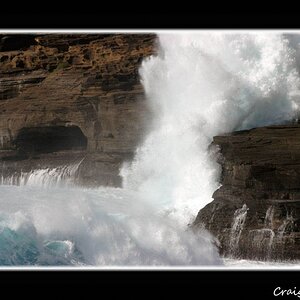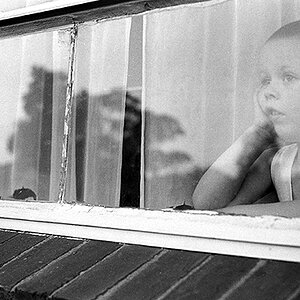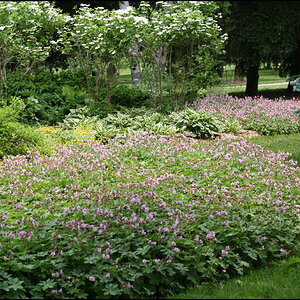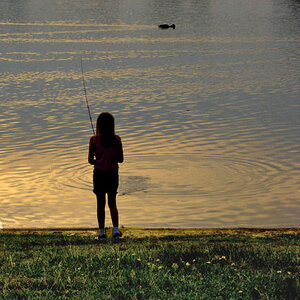stang96mj
TPF Noob!
- Joined
- Aug 3, 2009
- Messages
- 69
- Reaction score
- 0
- Location
- Texas
- Can others edit my Photos
- Photos NOT OK to edit
Ok, I am wanting to convert to using RAW from jpeg. Is it easier to use RAW+Jpeg? I have Adobe Photoshop Elements 6 and also the software that came with my camera, Digital Photo Professional. I have a trial of the CS5 and the Corel Paint Shop Pro x3. Which one of these would you recommend that I use to process my photos in? And how do I save my RAW files to jpegs when done? Any thoughts or help is greatly appreciated!!!






![[No title]](/data/xfmg/thumbnail/38/38721-a6c38c7ae974a8a5518bfbf14be98f18.jpg?1619738701)


![[No title]](/data/xfmg/thumbnail/31/31012-f5e0c7cdea2f2c3e44737e3f61c2461a.jpg?1619734567)
![[No title]](/data/xfmg/thumbnail/38/38720-f0f83c1b09a42065eefec8923841d54d.jpg?1619738701)


